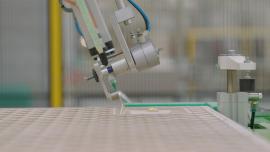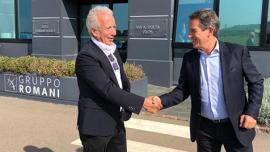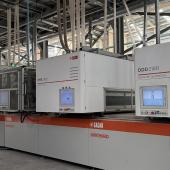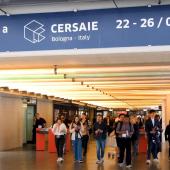Gruppo Romani invests in energy efficiency
The challenge to reduce consumption and consume more responsibly has led the Italian ceramic group to invest in new cogeneration and photoelectric systems.

The longstanding Italian ceramic tile producer Gruppo Romani is in the process of upgrading the energy efficiency of its Rubiera, Roteglia and Casalgrande facilities for an investment of around €8 million.
The aim of the project is to reduce the group’s reliance on the national power grid and, in the case of the Rubiera site, to achieve complete self-generation in the near future.
“The company pledged to go increasingly green a long time ago and we are maintaining our commitment,” explain brothers Giorgio and Paolo Romani, respectively Chairman and CEO of Gruppo Romani. “The current international scenario is compelling us to add energy independence to our original goal.”
At its Rubiera site, Gruppo Romani has installed a new cogeneration plant in collaboration with Cefla and Sacmi. It consists of a gas turbine with a nominal output of 6 MW that will be capable of producing around 35,000,000 kWh/year of electricity and recover exhaust gases in the form of thermal energy in two existing spray dryers.
The company has also decided to purchase an additional electrical power generation system which uses photovoltaic panels installed on the roofs of the business unit’s production and logistics buildings. The new photovoltaic system is due to come into operation by next September and will have a total installed capacity of 1,700 kWp and an annual electricity production of 2,000,000 kWh/year.
Additional photovoltaic systems built by longstanding partner Proteo Engineering will be commissioned by the end of July.
In particular, approximately 10,000 square metres of the Roteglia factory roof will be equipped with photovoltaic panels with a total installed power of 700 kWp and capability to produce 800,000 kWh/year of electricity, thereby reducing the facility’s overall electricity consumption by 15%.
Photovoltaic panels with a total power output of 400 kWp and annual production of 500,000 kWh/year will be installed on the logistics, administrative and commercial buildings at the Casalgrande facility. The resultant energy production will allow the site to reduce its electricity consumption by 60%.
“The energy crisis of recent months has not stopped us and we are continuing to make full use of the 8.2 million sqm/year production capacity of our plants,” adds Giorgio Romani. “The growth in demand for ceramic products in 2021 meant that we were able to close the year with a consolidated group turnover of more than €130 million (up 20% on 2020). The positive trend continued in the first quarter of 2022 with more than 25% growth in both sales and orders.”
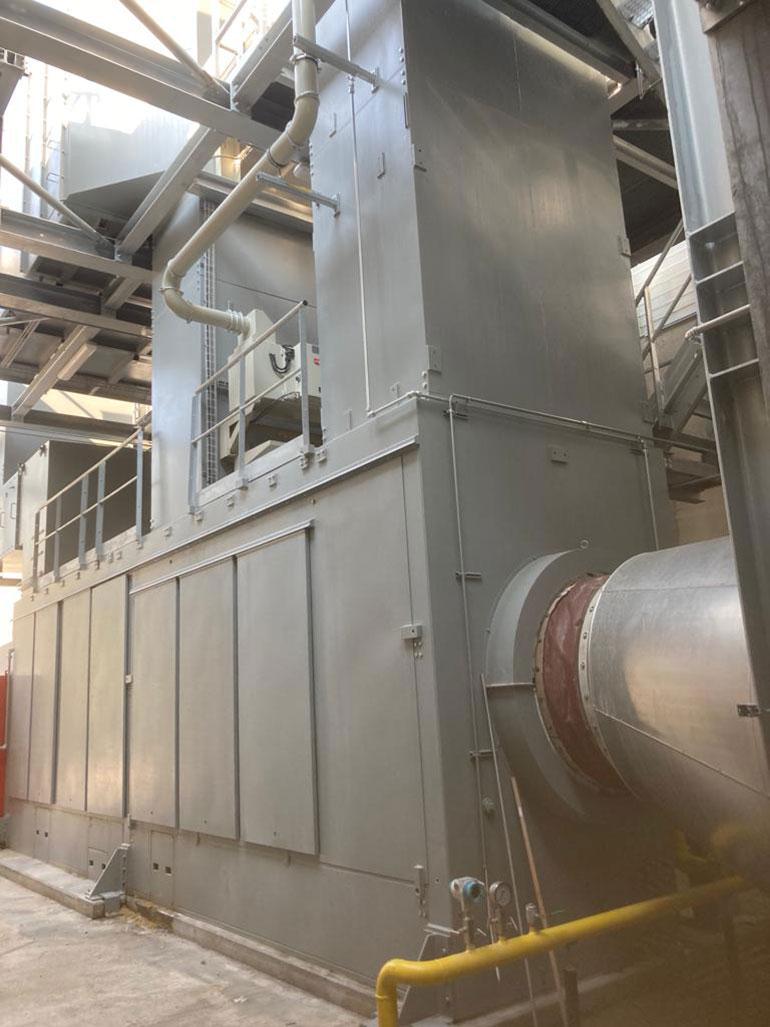
Did you find this article useful?
Join the CWW community to receive the most important news from the global ceramic industry every two weeks






